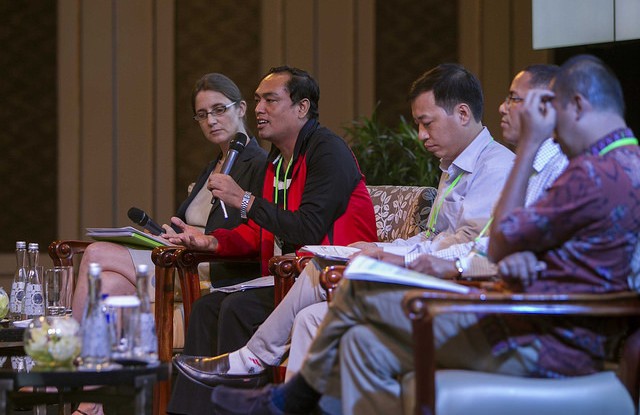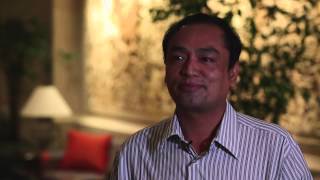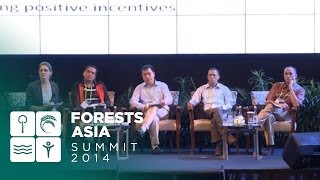
Civil society groups focused on land use in Myanmar are taking hope from a recent speech from the country’s top environmental official, who said his newly liberalizing country was “fully committed” to sustainable forest management.
U Win Tun, the Union Minister for Environmental Conservation and Forestry, told attendees at the Forests Asia Summit in Jakarta this month that Myanmar was taking steps to “changing [its] economic path from brown to green” and fuel growth that does not come at the expense of its forested landscapes — as many of its more-developed neighbors have experienced.
Such a path will require reforms across the landscape, including land tenure, agriculture and forestry — and in the wake of the minister’s speech, one Burmese civil society delegate to the Forests Asia Summit said he is now “more optimistic” that the government will consult with local non-governmental organizations to help enact reforms that do not hurt the poor.
“Our challenge is to achieve sustainable development into a green economy and to reduce poverty at the same time,” said Swe Set, policy coordinator at ActionAid International who represented the Land Core Group, a network of NGOs working on land-related issues.
With its recently started democratization process, Myanmar has the unique opportunity of developing a green economy, staying away from unsustainable deforestation practices of many of its neighboring countries, he said. Indeed, all eyes are on Myanmar as it seeks to transform itself politically, economically and socially after years of isolation.
Swe Set said he is concerned that Myanmar’s opening-up could bring an agricultural development model in which large-scale commercial plantations prevail. “This would mean that private-sector investors benefit and smallholders are squeezed off their lands,” he said.
Although around half of Myanmar remains covered in forests, between 1990 and 2005 the country lost as much as 18 percent of its forests. With the opening of the country’s economy and the need to lift more people out of poverty, the government will have to balance nature conservation with income generation from its substantial natural capital.
“In order to prevent further deforestation, the government should be looking at new models of community forestry, the revival of the old taungya system, sustainable plantation management and forest certification,” said scientist Aaron Russell of the Center for International Forestry Research (CIFOR), which hosted the Summit.
“This would contribute to a rural development that is beneficial for the people and for the forests, which is exactly what the new landscape approach is about,” he added. “Large-scale deforestation for unsustainable agroforestry has done too much damage to Southeast Asia’s forests already.
Research needed
To nudge Myanmar onto a sustainable path, Swe Set said, more research is crucial. “We practitioners need to know more on customary land tenure so that we can work with the government ensuring that the rights of local people are respected,” he said, pointing to policy and capacity gaps at government and community levels.
Comparatively little research has been done on land use and forests in Myanmar. Christine Padoch, director of CIFOR’s Forests and Livelihoods Program, explained that until recently, Myanmar’s forest communities have been largely excluded from the international research portfolio; tight control over the research sector under the country’s previous regime had made foreign organizations reluctant to engage.
That is changing. Last September, Minister U Win Tun met with representatives from CIFOR, the World Agroforestry Centre (ICRAF) and the Center for People and Forests to discuss the potential for research collaborations in community forestry, shifting cultivation, mangroves for climate adaptation, smallholder oil palm and rubber plantations, and teak wood value chains.
Padoch said she was encouraged by Myanmar’s interest. Scientists are “very eager,” she said, to begin policy-relevant research and capacity development “to ensure that the forested landscapes of Myanmar continue to be a resource for the development of the country.”
For more information about the topics in this article, please contact Aaron Russell at a.russell@cgiar.org.
We want you to share Forests News content, which is licensed under Creative Commons Attribution-NonCommercial-ShareAlike 4.0 International (CC BY-NC-SA 4.0). This means you are free to redistribute our material for non-commercial purposes. All we ask is that you give Forests News appropriate credit and link to the original Forests News content, indicate if changes were made, and distribute your contributions under the same Creative Commons license. You must notify Forests News if you repost, reprint or reuse our materials by contacting forestsnews@cifor-icraf.org.

